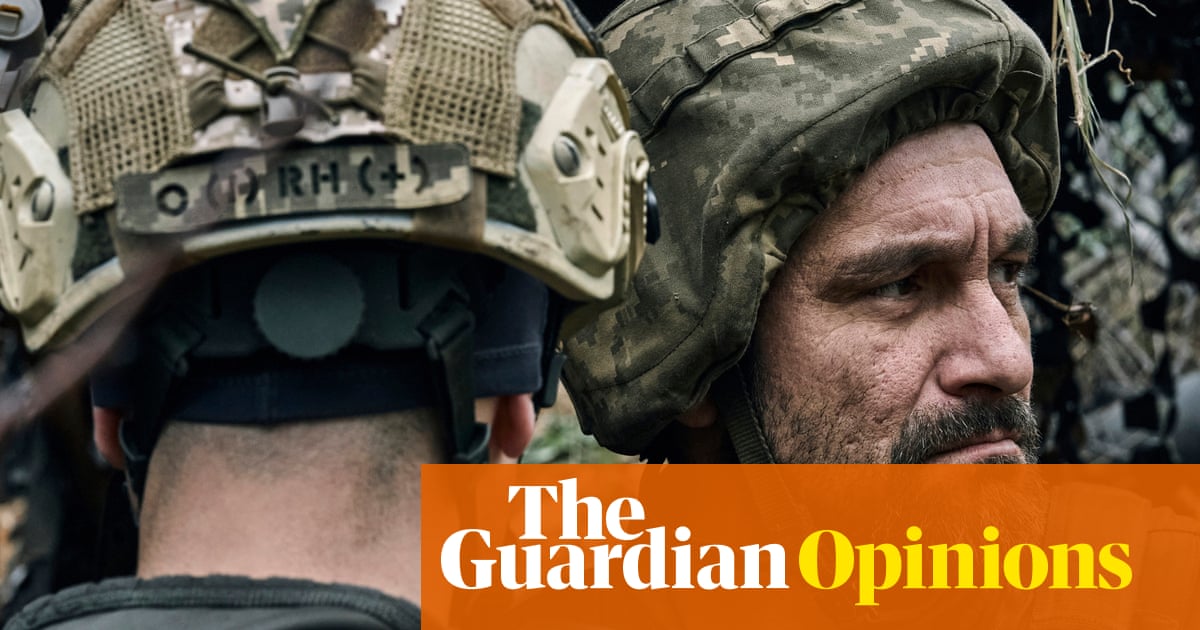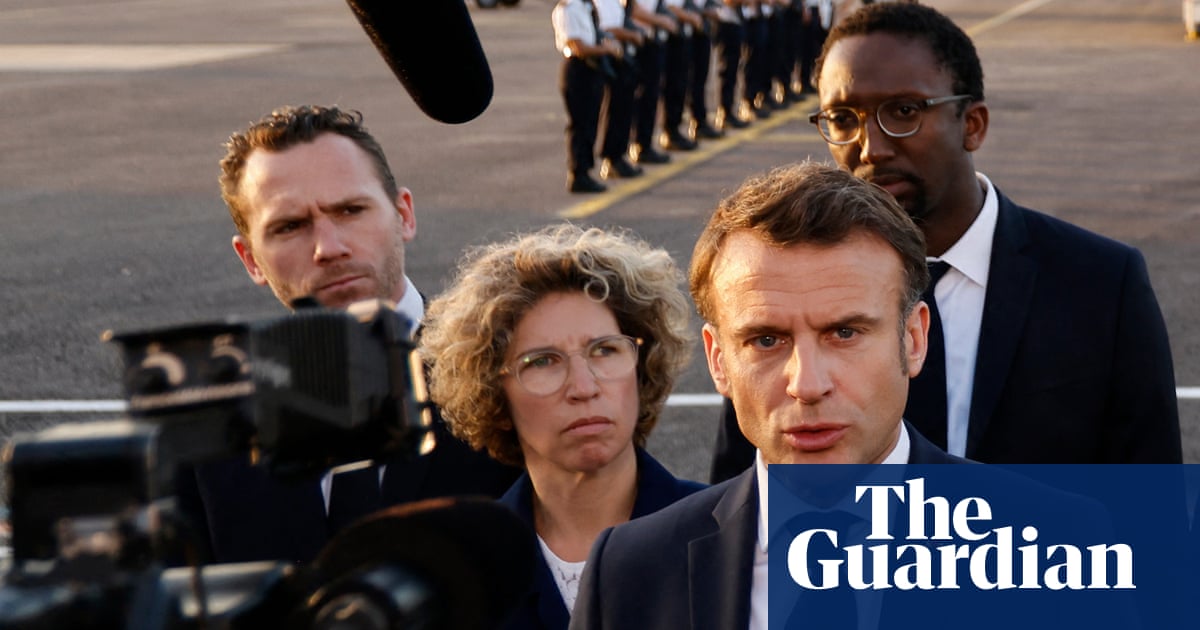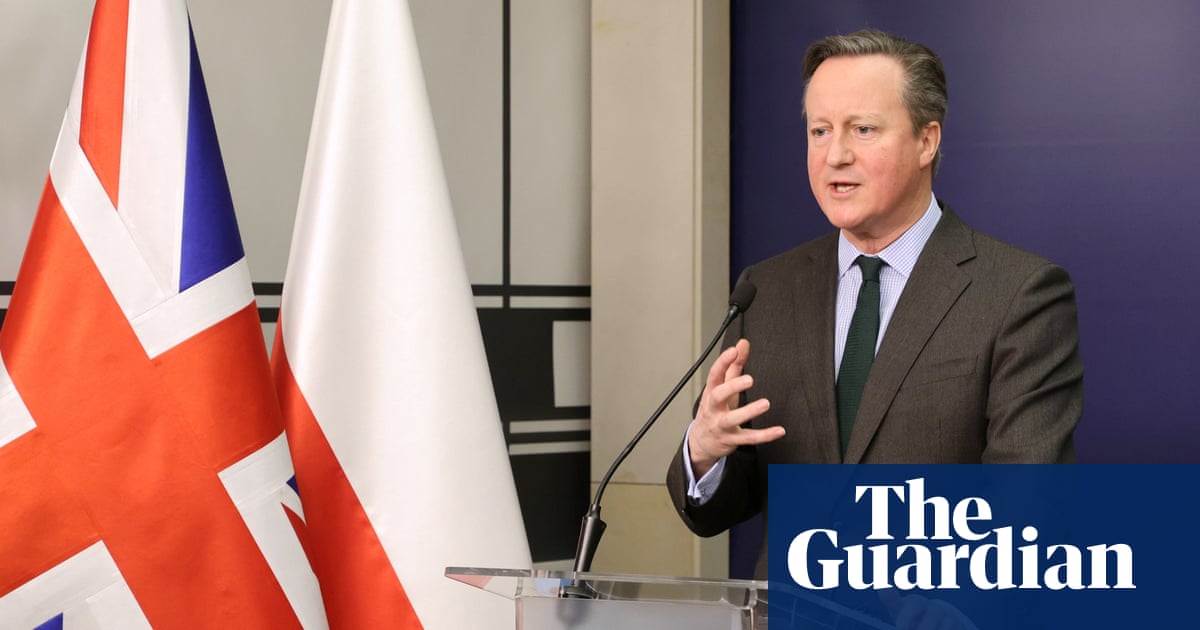
The supply of Western tanks to Ukraine will be a game changer. However, the hesitation seen in some NATO countries — particularly Germany — could be an indication of how precarious the Western coalition supporting Ukraine is and hints at cracks possibly appearing in 2023.
Germany and the US are now following the UK’s lead and approving the use of their tanks in Ukraine. Their hesitation, however, could be a signal to the Russians that not all has been lost and that sober voices could prevail on both sides and the conflict brought to an end. But that does not seem to echo with Moscow’s leadership, which has been showing increasing signs that it is willing to go all the way in its declared aim of taming the so-called Nazis threatening the unity of Russia and its historical territorial integrity. This has been expressed repeatedly by the Kremlin through its increased mobilization of troops and efforts to rearm for a spring campaign, drawing on the military help of countries like North Korea and Iran.
Since the start of Russia’s “special operation” in Ukraine last February, Germany has been the reluctant partner in the Western coalition. The history of German tanks rolling eastward during the Second World War evokes undesirable memories in the minds of both Germans and Russians. Berlin has at its disposal the best-suited piece of hardware, according to experts: The Leopard 2 battle tank, which was configured in the 1970s during the Cold War. It would likely give the Ukrainians the ability to achieve some tactical gains against Moscow’s more numerous forces.
But Germany has been wary of sending its own tanks or approving the export of Leopard 2s by other countries, apparently out of fear of escalating the conflict. This is despite the fact that Berlin and its Western allies have already delivered potent weapons, hardware and intelligence, causing one of the world’s mightiest army’s overall campaign to grind to a halt.
Ukraine’s partners have already supplied it with the latest and most technologically advanced systems, including surface-to-air weapons, precision artillery and medium-range missile systems, infantry transport, armored vehicles and even light tanks, not to mention communications technology, satellite imagery and intelligence. All that has led Moscow to claim, in its domestic and international propaganda, that it is at war not only with Ukraine but also the NATO alliance as a whole.
The modern tank has recently been seen as antiquated in many defense reviews, with countries often concluding that the conflicts of the future will primarily be hybrid, with an emphasis on technological dominance of the cyber sphere.
The world’s last major tank battles might arguably have taken place during the 1973 Arab-Israeli War between Israel and Egypt in the Sinai and Israel and Syria in the Golan Heights. So, even though Western nations say they will deliver tanks to Ukraine, these old metal beasts need to be refurbished and readied, as they have spent the past three or four decades in army storage facilities. Before the Ukraine conflict began, some world leaders had even called for them to be scrapped altogether to save money, reportedly including former UK Prime Minister Boris Johnson.
Deliberations and considerations are welcome as a balancing act, but timely decision-making and action is crucial.
Mohamed Chebaro
According to Western military experts, Ukraine has been relying on Soviet-era T-62 and T-72 tanks and losing approximately 100 of them a month. If the Ukrainians are to pursue and push back the Russian forces, they will need to support their military formations with tanks that are capable of rapidly piercing through defensive lines and advancing where necessary. For that, most analysts believe that the German Leopard 2’s agility, armament and availability in terms of numbers, spare parts and ammunition puts it ahead of the British Challenger 2, American M1 Abrams and even the French Leclerc to face Russia’s T-72 and T-80 tanks.
For Ukraine to break the deadlock and retake its territories from the occupying Russian forces, the next six months of the war are critical. Kyiv needs to consolidate its defenses in recently liberated areas and be able to beat back any renewed Russian push, which can be expected as Moscow has been mobilizing more troops and working to train, equip and refit its military, even putting its armaments production on a war footing. Ukraine will, therefore, need more than just the Leopard tanks; it needs an effective and continuous supply of military equipment if it is to withstand the forthcoming Russian spring campaigns.
This is not the first time that Germany finds itself in a tight spot when trying to overcome its history and tread carefully on building its modern standing. The fear of escalation is on everyone’s mind, but this does not seem to be a Russian worry amid its all-out pursuit of its goals. Germany is a victim of circumstances, as the first all-out war in Europe since 1945 is being fought close to its eastern borders. It is also a victim of its ingenious engineering, which has produced a capable tank that has sophisticated fire-control systems and heavy guns and is, above all, available in great numbers, with more than 2,000 operational in 13 European armed forces. This ensures there is access to trained manpower and spare parts not far from the theater of action.
Russia’s motives for this war are clear. In the opposing camp, the deliberations and considerations are welcome as a balancing act, but if the main narrative is to be believed — that supporting Ukraine and its sacrifices in terms of manpower and infrastructure is not to be in vain — then timely decision-making and action is crucial. This is the only way the aim of containing Russia will be achieved. The time for risk aversion lapsed on Feb. 24, 2022, and now the question is who is in it to win it?
• Mohamed Chebaro is a British-Lebanese journalist, media consultant and trainer with more than 25 years of experience covering war, terrorism, defense, current affairs and diplomacy.












